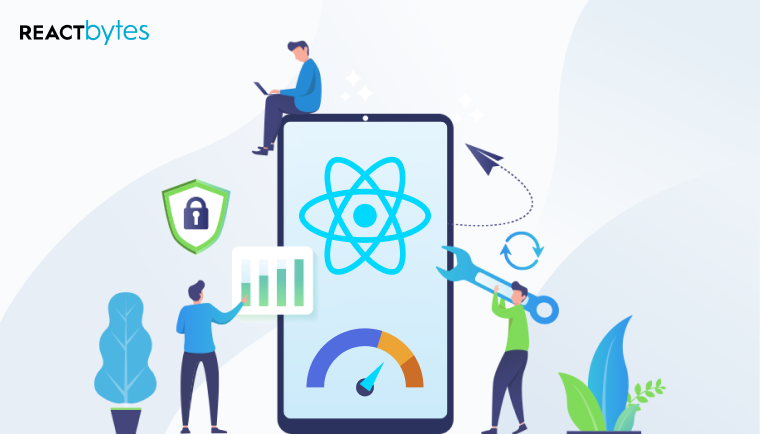In today’s mobile-first world, a smooth and responsive user experience is paramount for the success of any React Native app. But with complex functionalities and growing data demands, ensuring optimal performance can be a challenge.
This blog post dives deep into best practices and tips to optimize the performance of your React Native apps, keeping your users engaged and happy.
Understanding Performance Optimization in React Native:
Performance optimization goes beyond just making your app fast. It’s about creating an efficient and responsive user experience. This encompasses factors like:
- Smooth Rendering: Minimizing delays and ensuring seamless rendering of UI elements on different devices.
- Fast Load Times: Reducing the time it takes for your app to launch and display content.
- Memory Efficiency: Minimizing memory usage to prevent crashes and maintain app responsiveness.
- Network Optimization: Optimizing how your app interacts with the network to improve data fetching efficiency.
Best Practices for Optimizing React Native Apps:
- Leverage the Power of FlatList/SectionList: When dealing with long lists of data (e.g., contact lists, product catalogs), avoid using traditional ScrollView. Instead, opt for FlatList or SectionList.
These components are specifically designed for efficient rendering of large datasets, employing techniques like windowing to only render visible items.
- Memoization with React.memo: The memo HOC (Higher-Order Component) is a powerful tool for preventing unnecessary re-renders of components. By wrapping components with React.memo, you can tell React to only re-render the component if its props have actually changed.This is particularly beneficial for performance-critical components that receive frequent prop updates.
JavaScript
// … component logic
});
Use code with caution.
content_copy
- Optimize Images and Assets: Images and other assets can significantly impact app size and loading times. Here are some optimization techniques:
- Use appropriate image formats: Choose formats like JPEG for photos and PNG for graphics with transparency.
- Resize images: Resize images to their displayed dimensions to avoid loading unnecessary data.
- Consider lazy loading: Load images only when they become visible on the screen to improve initial load times.
- Utilize the Animated API: For creating smooth animations within your app, leverage the built-in Animated API from React Native. This API offers better performance compared to inline styles for animation control, leading to a more fluid user experience.
- Minimize Prop Drilling: Prop drilling refers to passing data through multiple levels of components in your hierarchy. This can negatively impact performance. Consider using techniques like context API or state management solutions like Redux to manage shared data efficiently.
- Avoid Unnecessary Re-renders: Component re-renders can be expensive. Use techniques like memo, pure components, and conditional rendering within components to minimize unnecessary re-renders and maintain optimal performance.
- Embrace Code Splitting: Large codebases can slow down initial app loading. Code splitting allows you to break down your app code into smaller bundles that are loaded on demand. This reduces the initial download size and improves initial load times.
- Utilize Performance Monitoring Tools: Several tools like React Native Profiler and Debugging Metro Bundler can help identify performance bottlenecks in your app.
These tools provide insights into rendering times, memory usage, and network requests, allowing you to pinpoint areas for optimization. - Implement Asynchronous Operations: For network requests or any long-running tasks, avoid blocking the main UI thread. Implement them asynchronously using techniques like fetch or promises. This ensures the UI remains responsive even while data is being fetched or processed in the background.
- Optimize Network Requests: Network requests can significantly impact app performance. Consider caching data locally using libraries like AsyncStorage or Redux Persist to reduce the number of unnecessary network calls.
- Use Native Modules for Performance-Critical Tasks: For highly resource-intensive tasks or functionalities that require direct access to native device features, consider using native modules. These modules allow you to write platform-specific code (Java/Kotlin for Android, Swift/Objective-C for iOS) to handle complex operations more efficiently.
- Keep Your Dependencies Updated: Maintaining up-to-date versions of React Native, third-party libraries, and device OS versions is crucial. Updates often include performance improvements and bug fixes that can significantly enhance your app’s performance.
Conclusion:
Optimizing React Native app performance requires a holistic approach. By implementing the best practices and tips outlined above, you can ensure your app delivers a smooth and responsive user experience, keeping your users engaged and happy.
